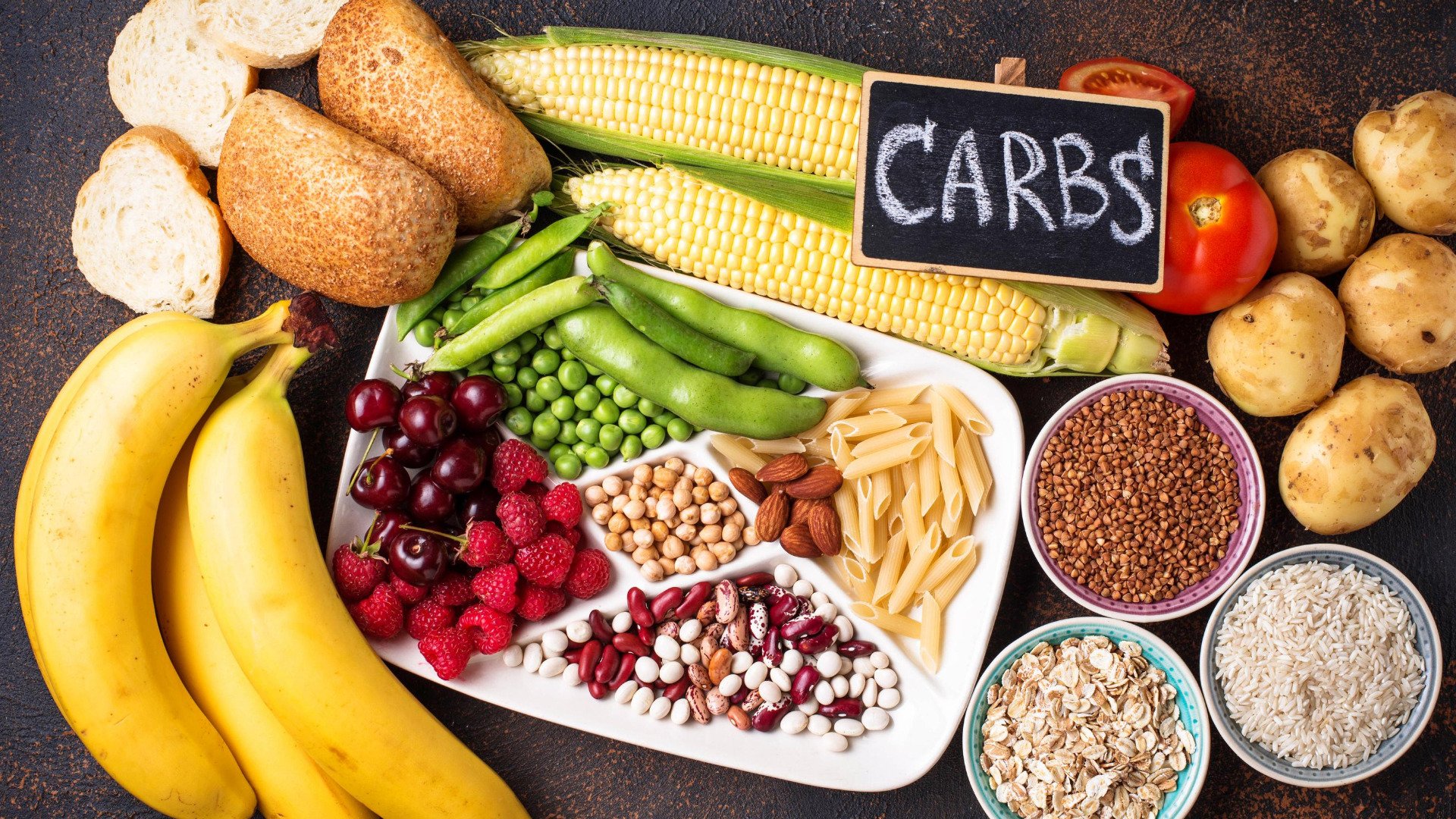Conversely, the body increases blood glucose levels by secreting another hormone called glucagon.
the body increases blood glucose levels by secreting another hormone called glucagon.
If blood glucose levels remain high, and that energy source is not burned shortly after it is consumed, the excess glucose is shuttled off to the muscles for storage dieta o niskiej zawartości węglowodanów.
Also, as insulin efficiently clears the blood of excess sugar, blood sugar levels oftentimes dip below normal and will produce the infamous ‘sugar blues’ or a ‘downer’, followed by a possible craving for more sugar consumption. Lastly, while insulin levels are high or active, the body will not burn fat as energy since the body is attempting to utilize as much blood sugar as possible.
(Note that fat is not used as a primary energy source while eating an energy-sufficient, healthy diet and fat is used more heavily only during periods of fasting and extensive aerobic-type exercise.) Hence, ‘high-fat-low-carb’ advocates claim that we should not want:
The more active a person, the more carbohydrate he or she should consume. Also, the greater the physical activity, the less insulin the body produces since muscles become insulin sensitive after exercise and glucose tolerance improves as a result. The Food Guide/Pyramid recommends about 50% of kcal in the average individual’s diet to be in the form of carbohydrate.
Therefore, if a person is very active, the amount should be increased to about 60% since nearly every activity uses a great deal of blood glucose and muscle glycogen for energy, but only a smaller percentage of fat. In fact, athletes who consume a high-carb diet (60%) can maintain higher-intensity exercise longer than those following a low-carb diet (<40%). If a person is relatively sedentary, then much less energy is required, and 30-40% will suffice.
The bloodstream holds about only a one-hour supply of glucose and muscles store about only a half-day’s energy needs. The ‘sugar’ requirements of the nervous system (including the brain, an organ that survives on nothing but sugar) for the average adult is approximately 100-150 g per day (and 100 g minimum to prevent ketosis, or 600 kcal). If a 90 kg/200 pound, moderately active man consumes 3,500 kcalories per day, this is equal to 17% of his total caloric intake…
Just for his nervous system. This does not take into account the remainder of his requirements, the energy required for metabolism of food, or his general activity levels such as work, sports, weight training, reading, housework, walking, etc.
Since this man is moderately active, about 55% of his kcal should be in the form of carbohydrate, or 1,925 kcal, or 481 grams. If he were very active, the percent should probably be closer to 60%. That leaves 20% for fat intake, and 25% for protein intake.
Although national surveys indicate that we are eating less fat now than 20 years ago, we are also eating more kcal. Consequently, a reduction in fat and an increase in carbohydrates are hardly the problem. Rather, it is the total number of kcal consumed that is of vital importance in fat gain.
If total caloric intake is below maintenance levels, a person will reduce fat, even if 80% are in the form of carbohydrates. (In fact, Southeast Asian diets are 80-90% carbohydrate, yet these individuals, on average, are not considered overweight but underweight. Conversely, an Inuit [Eskimo] diet is only about 15% carbohydrate intake and most are overweight because of the high fat/calorie intake.)
